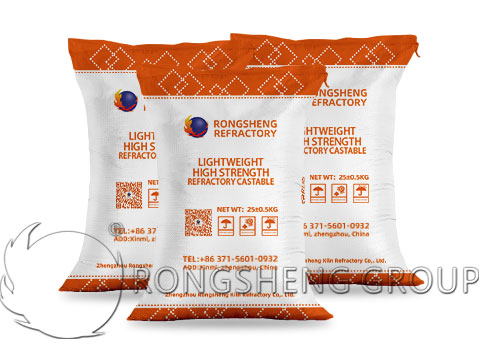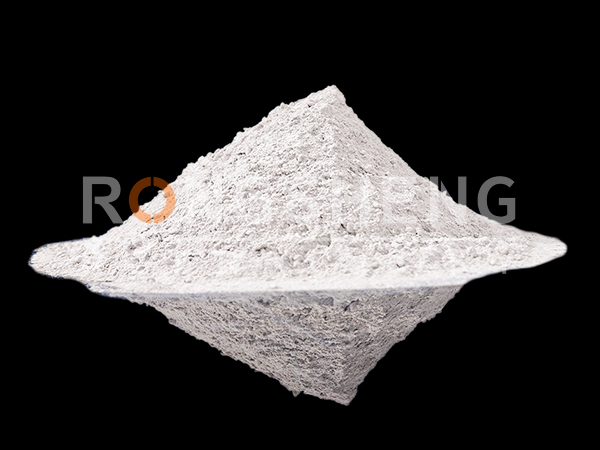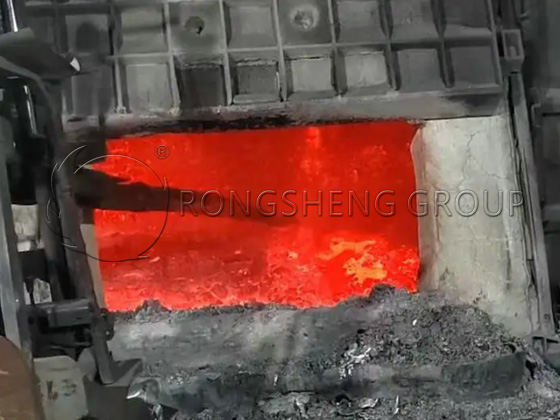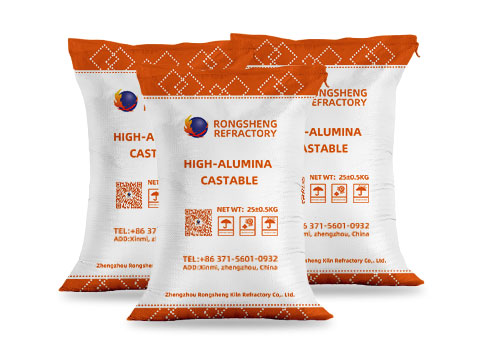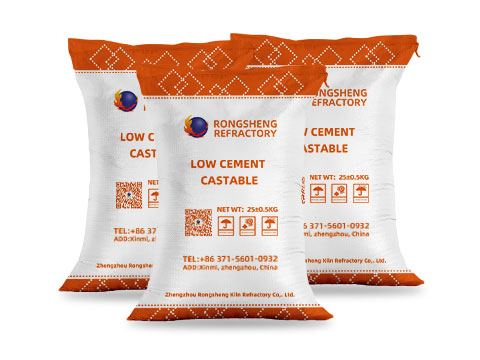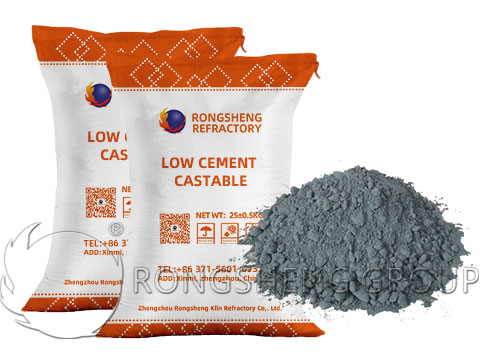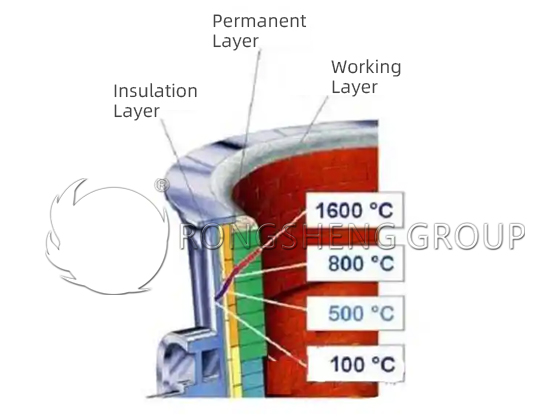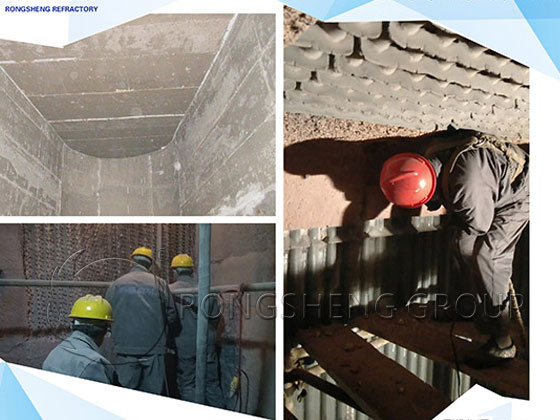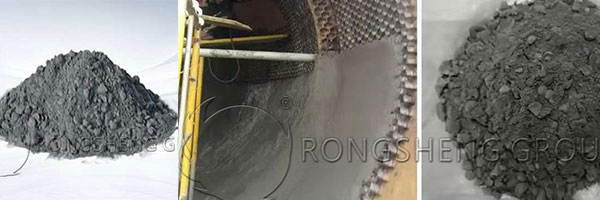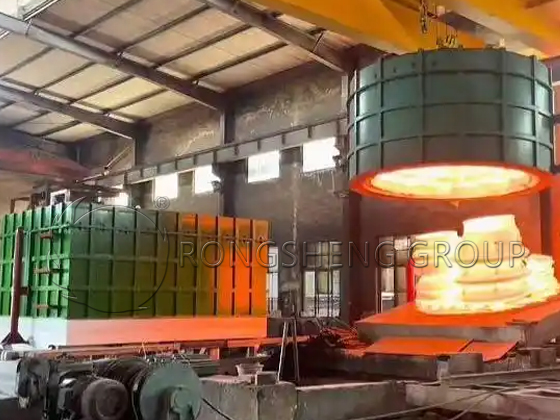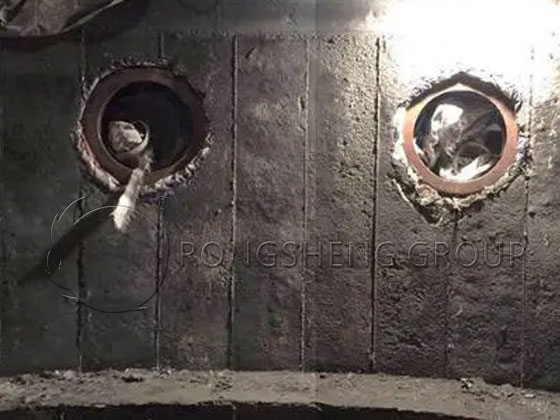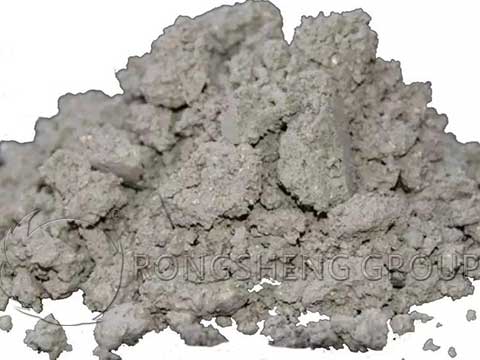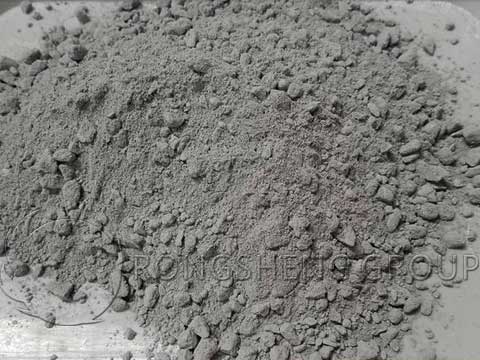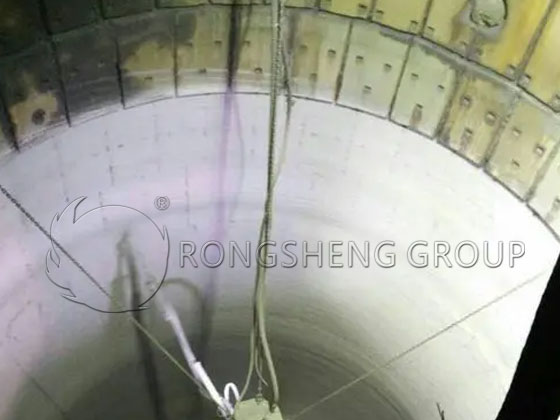Tubular heating furnace lining construction regulations. Construction Requirements for Refractory Castables and Ceramic Fibers for Tubular Heating Furnace Linings. In the lining design of tubular heating furnaces for petrochemicals, the main application is refractory castables and ceramic fiber products. Its structure can be divided into castable lining structure, ceramic fiber structure, and composite lining structure. During the construction and installation process, it must be carried out in accordance with the following regulations:
- Under ambient temperature of 27℃ and windless conditions, the design temperature of the outer surface of the furnace body and hot smoke duct should not exceed 80℃.
- The design of the lining structure should allow all components to expand appropriately. When using multi-layer or composite linings, the joints should not continuously penetrate the lining.
- Unless otherwise specified, the allowable operating temperature of any layer of refractory material should be at least 165℃ higher than its calculated hot surface temperature, and the minimum allowable operating temperature of the refractory material of the radiation and shielding section should be 980℃.
- The minimum operating temperature of the burner brick should be 1650℃.
- The manhole door should be protected by refractory materials with the same thermal insulation performance as the surrounding refractory layer to avoid direct radiation.
- In addition to the cast structure lining, an anti-corrosion layer should be applied to the inner side of the furnace wall steel plate.
Monolithic Refractory Castables Lining Structure
- Hydraulic castable lining is applicable to all parts of the heating furnace. The type of castable material should be selected according to its use temperature and should comply with the relevant provisions of SH/T3115.
- For double-layer castable lining, the minimum thickness of the hot surface layer should be 75mm. The anchor should support each layer of lining.
- When the thickness of the castable lining is greater than 50mm, the height of the anchor should penetrate 70% of the thickness of the lining. The distance between its top and the hot surface should not be less than 12mm.
- The anchors should be arranged in a square shape, and the maximum spacing should be 3 times the total thickness of the lining, but should not exceed 300mm on the furnace wall and 225mm on the furnace roof. To avoid the formation of continuous shear surfaces, the fork direction of the anchors should be staggered.
- When the total thickness of the lining does not exceed 150mm, the minimum diameter of the anchor nail should be 5mm; when it exceeds 150mm, the minimum diameter of the anchor nail should be 6mm.
- The lining thickness of elbow box, tail flue, smoke duct and chimney should not be less than 50mm.
- Expansion joints should be left around burner brickwork and pre-burned molded products.
- Linings with a density greater than or equal to 970kg/m3 are allowed to be reinforced with metal fibers, and the amount of metal fibers added should not exceed 3% of the dry mix.
- When the total amount of heavy metals including sodium in the fuel exceeds 250mg/kg, the exposed hot surface layer should use low iron (iron content not more than 1%) or heavy castables. The density of heavy castables is at least that the content of AI2O3 in its aggregate should not be less than 40%, and the content of SiO2 should not be greater than 35%.
Ceramic Fiber Structure
1) Ceramic fibers with layered or modular structures can be used in all parts of the heating furnace except chimneys and flues.
2) The minimum thickness of the ceramic fiber blanket for the hot surface layer should be 20mm, and the density should not be less than 128kg/m3. The thickness of the ceramic fiber board used for the hot surface layer should not be less than 38mm, and the density should not be less than 240kg/m3. The minimum density of the ceramic fiber blanket used for the back layer should be
3) The allowable operating temperature of any layer of ceramic fiber should be 280℃ higher than the hot surface temperature of the acid meter.
4) The maximum distance from the anchor of the hot surface layer of the ceramic fiber blanket to all edges should be 75mm.
5) The furnace roof anchors are arranged in a rectangular shape. The spacing between them should not exceed the following values:
- The ceramic fiber blanket is 300mm wide and the spacing is 150mm×225mm
- The ceramic fiber blanket is 600mm wide and the spacing is 225mm×225mm
- The ceramic fiber blanket is 900mm wide and the spacing is 225mm×250mm
- The ceramic fiber blanket is 1200mm wide and the spacing is 225mm×270mm
6) The furnace wall anchors are arranged in a rectangular shape. The spacing between them should not exceed the following values:
- The ceramic fiber blanket is 300mm wide and the spacing is 150mm×300mm
- The ceramic fiber blanket is 600mm wide and the spacing is 225mm×300mm
- The ceramic fiber blanket is 1200mm wide and the spacing is 270mm×300mm
7) Metal anchors that are not covered by furnace tubes should be completely covered by ceramic fiber modules or protected by ceramic fiber blankets.
8) When the flue gas velocity exceeds 12m/s, the ceramic fiber blanket cannot be used for the hot surface layer:
- When the velocity is greater than 12m/s and less than 24m/s, the hot surface layer should use wet blanket, ceramic fiber board or ceramic fiber module.
- When the velocity exceeds 24m/S, the hot surface layer should use castable or outer protective layer.
9) When the ceramic fiber blanket is constructed, the maximum dimension direction should be consistent with the flue gas flow direction, and the connection of the blanket on the hot surface layer should be overlapped, and the overlap direction is along the flue gas flow direction. When the hot surface layer uses ceramic fiber board, it should be butt-jointed and the joints should be tight.
10) The ceramic fiber blanket used for the back layer should use a butt joint with a compression amount of at least 25mm at the joint, and all joints of adjacent layers should be staggered.
11) The ceramic fiber module should be constructed according to the vertical seam vertical masonry method, and the staggered mosaic method is only applicable to the furnace top.
12) When the ceramic fiber module is constructed, each side should be compressed to avoid shrinkage cracks.
13) The ceramic fiber module on the furnace roof should be designed so that its anchoring range should be at least greater than 80% of the module width.
14) The anchors should be fixed on the wall panels before the ceramic fiber module is constructed.
15) The anchor assembly should be installed less than 50mm from the module cold surface.
16) The metal parts in the module should be at least austenitic + stainless steel or nickel alloy.
17) When the ceramic fiber structure is used for fuel with a sulfur content greater than 10mg/kg, the inner surface of the shell should be coated with a layer of anti-corrosion paint, and the allowable operating temperature of the anti-corrosion paint should not be less than 180℃.
18) When the sulfur content in the fuel exceeds 500mg/kg, an austenitic stainless steel foil gas barrier layer should be set. The position of the gas barrier layer should be such that the temperature of the gas barrier layer should be 55℃ higher than the calculated dew point under any operating conditions. The edges of the gas barrier layer should overlap by at least 175mm, and the edges and openings should be sealed.
19) Ceramic fiber structures should not be used when the heavy metal content in the fuel exceeds 100 mg/kg.
20) Ceramic fiber structures should not be used in convection sections equipped with soot blowers, steam spray guns or water washing facilities.
21) Anchors should be installed before the wall panels are coated with anti-corrosion paint. The paint should cover the anchors, and the temperature of the uncovered part should be above the acid dew temperature.
Composite Lining Structure
- When using a cast hot surface layer, its minimum thickness is 75mm.
- The anchoring system should have a fixing and supporting function for each layer.
- For each lining, the type and installation of anchors shall comply with the requirements of Articles 2 and 3.
- The allowable operating temperature of any layer of material shall comply with the requirements of Articles 2 and 3.
- The insulation block shall be made of calcium silicate or slag wool with an operating temperature of at least 900°C. The insulation block can only be used as a backing material. However, it is not allowed to be used when the sulfur content in the liquid fuel exceeds 1% (mass fraction) or the hydrogen sulfide content in the gas fuel exceeds 100mg/kg.
- If the sulfur content in the fuel exceeds 10mg/kg, and insulation blocks or ceramic fibers are used as backing insulation, the wall panels should be coated with protective coatings, and the allowable operating temperature of the protective coatings should not be less than 180°C.
- If insulation blocks or ceramic fibers are used as the backing layer of the castable, they should be isolated to prevent water from seeping out of the castable.
- The density of the ceramic fiber module used as the backing material shall not be less than 190kg/m3, and the density of the ceramic fiber blanket shall not be less than 128kg/m3.

